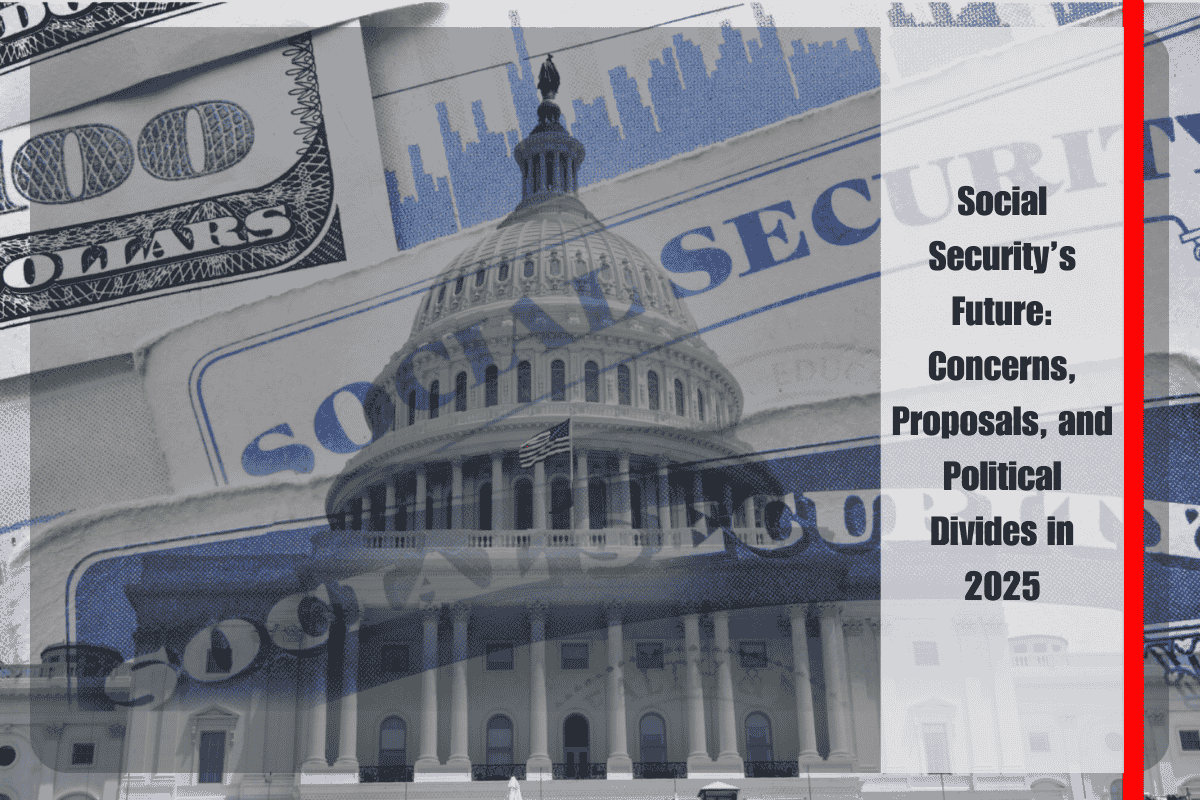Millions of Americans rely on Social Security to make ends meet, and it remains the cornerstone of retirement income for retirees, the disabled, and survivors. Operated by the Social Security Administration (SSA), this program is sustained by decades of payroll contributions and has grown to serve over 70 million beneficiaries. Yet, despite its vital role in supporting Americans, the system faces both significant challenges and some positive developments that will influence benefits for years to come.
Payments Continue, but Concerns Grow
In August 2025, Social Security payments will continue on their usual schedule, efficiently reaching over 70 million recipients. However, concerns about the program’s long-term sustainability are increasing, and some experts are raising alarms about its future. The 2025 Budget Act projects that the Social Security trust funds could be depleted by 2032, potentially resulting in a 25.8% cut in benefits for new retirees unless Congress takes action. With partisan gridlock and uncertainty in Washington, the outlook for addressing this crisis remains unclear, heightening anxiety among younger workers who worry about their future benefits.
Who Receives the Maximum Social Security Benefit?
Social Security benefits are based on your earnings history and the age at which you choose to retire. While payouts can vary, the average check for retirees in 2025 is about $2,000 monthly. This amount highlights both the program’s critical support role and its struggle to keep pace with rising living costs.
However, only a small percentage of beneficiaries will receive the maximum benefit, which in 2025 is roughly $5,108 per month, or over $61,000 annually. To qualify for this top payout, individuals need a high earnings history — reaching the taxable income cap ($176,100 in 2025) for at least 35 years. Additionally, you must wait until age 70 to begin receiving benefits. Even at full retirement age (around 66 years and 10 months for those born in 1959), the maximum payout caps out at about $4,018 per month. Unfortunately, this is unattainable for many workers due to career gaps or lower-paying jobs, which can significantly reduce the amount they receive.
Average Benefits: A More Realistic Scenario
The reality for most retirees is a far more modest monthly benefit. For 2025, the typical retired worker will receive approximately $1,976 each month, an increase due to a 2.5% cost-of-living adjustment (COLA) in January. However, the amount can vary depending on where you live. For example, retirees in states like Connecticut can expect higher average benefits, often exceeding $2,100 due to higher urban wages. Meanwhile, retirees in the Southern states may receive lower benefits, reflecting regional wage differences.
Retiring at age 70 can boost the average monthly payout to about $2,300. But if you choose to start receiving benefits at 62, the amount drops significantly to about $1,489 per month. This highlights the critical role timing plays in determining your Social Security check. Despite the 2.5% COLA adjustment benefiting over 72 million recipients with an average increase of $49, many analysts warn that this barely keeps up with the rising cost of living, especially in high-cost areas. This has led some lawmakers to push for more generous formulas to address inflation’s impact.
Social Security Payment Schedule for August 2025
For those awaiting Social Security payments, here’s what to expect in August 2025:
- August 13 (2nd Wednesday): If your birthday falls between the 1st and 10th of the month, you’ll receive your payment around this time. This timing is convenient for covering mid-month bills like rent.
- August 20 (3rd Wednesday): For birthdays between the 11th and 20th, this is when your payment will arrive, commonly for middle-class workers with steady careers.
- August 27 (4th Wednesday): Payments for birthdays falling between the 21st and 31st will be sent out at this time.
Note: These dates do not apply to Supplemental Security Income (SSI), which is issued on the 1st of each month, or payments to former spouses.
The Looming Crisis: Trust Funds Running Dry
The looming issue for Social Security is the projected insolvency of the program’s trust funds by 2032. If no action is taken, new retirees could face a drastic reduction in benefits by more than 25%. This has sparked concerns about the long-term future of the program, particularly among younger generations who are unsure about the stability of their future benefits.
In response, experts are advocating for bipartisan reforms, including raising contributions from higher earners or gradually increasing the retirement age. However, with political gridlock continuing in Washington, the path to securing Social Security’s future remains uncertain.
Social Security’s Vital Role and Uncertain Future
Social Security remains one of the most crucial safety nets for millions of Americans, providing essential financial support in retirement. Yet, with concerns about the program’s long-term solvency and the impact of inflation on beneficiaries, the need for reform is becoming more urgent. While updates like the cost-of-living adjustment help alleviate some of the financial strain, it’s clear that the future of Social Security depends on bold legislative action to ensure that it continues to provide security for generations to come.












